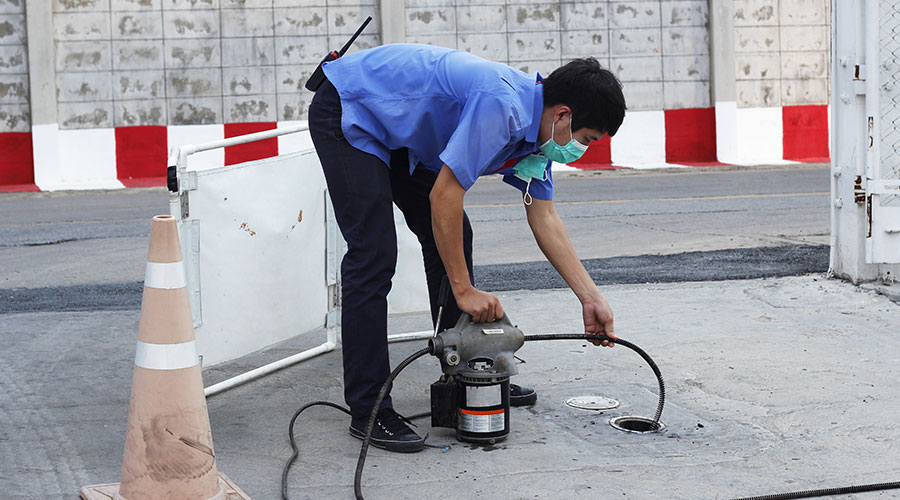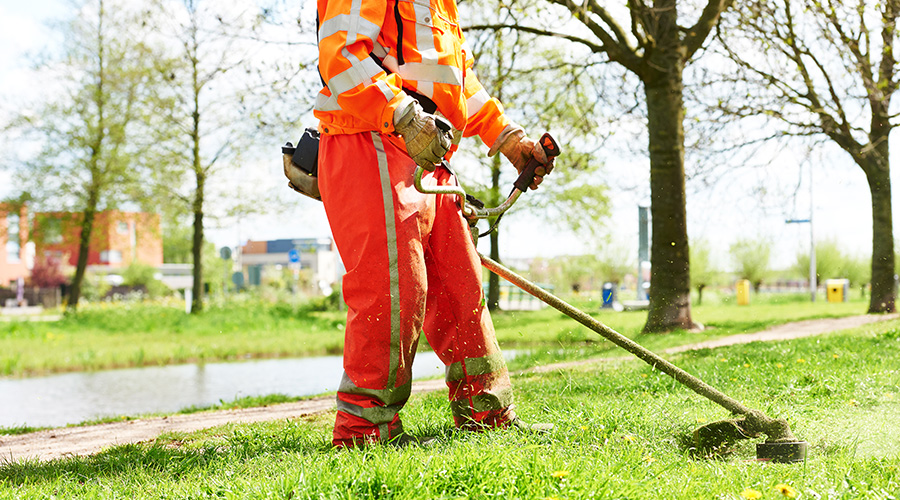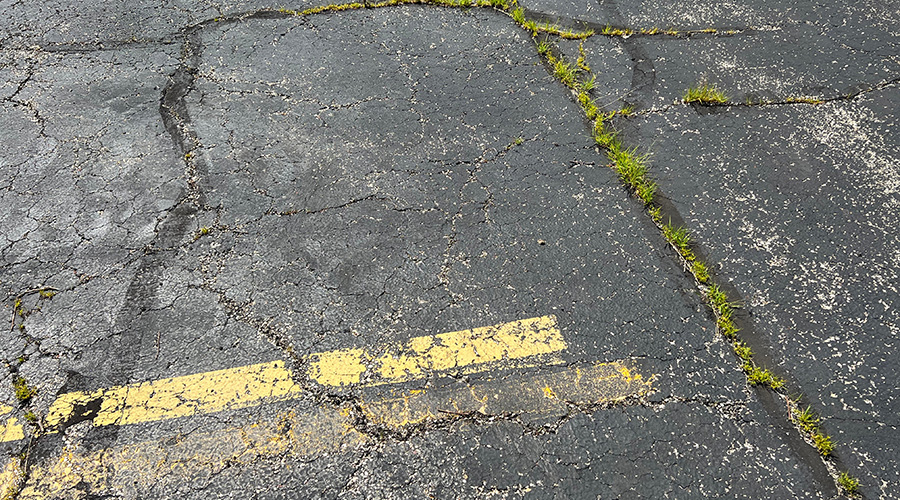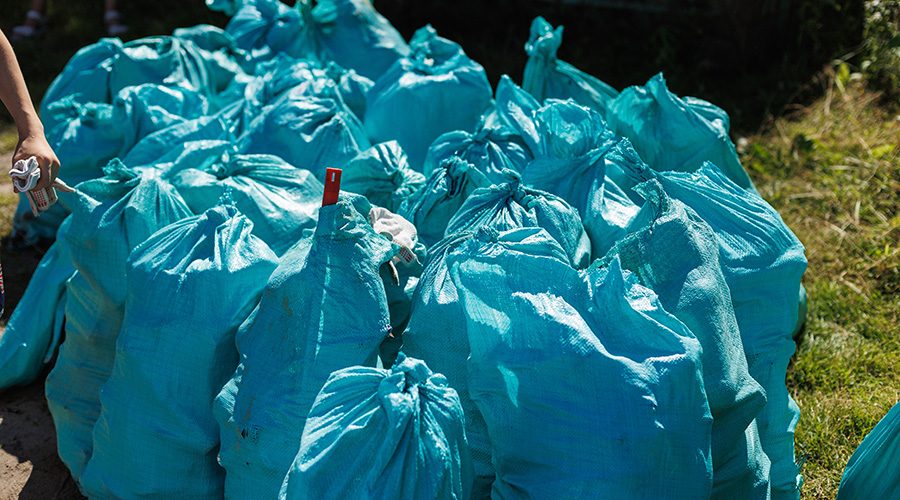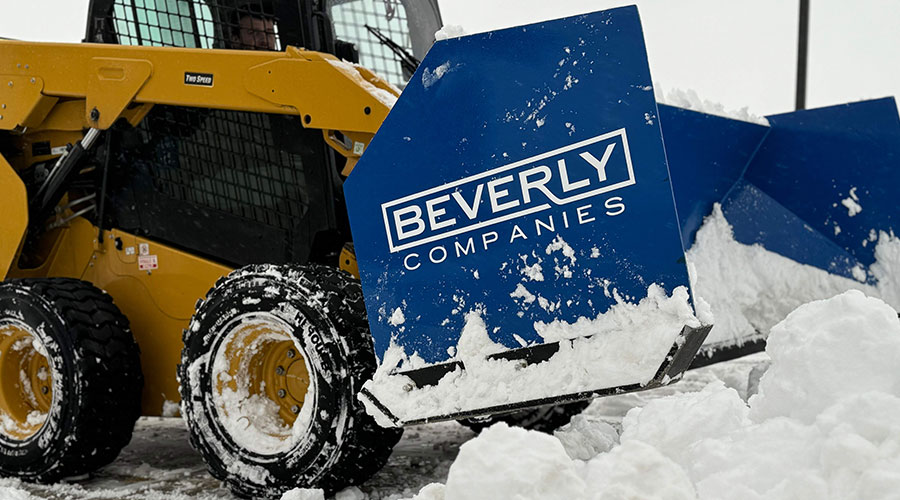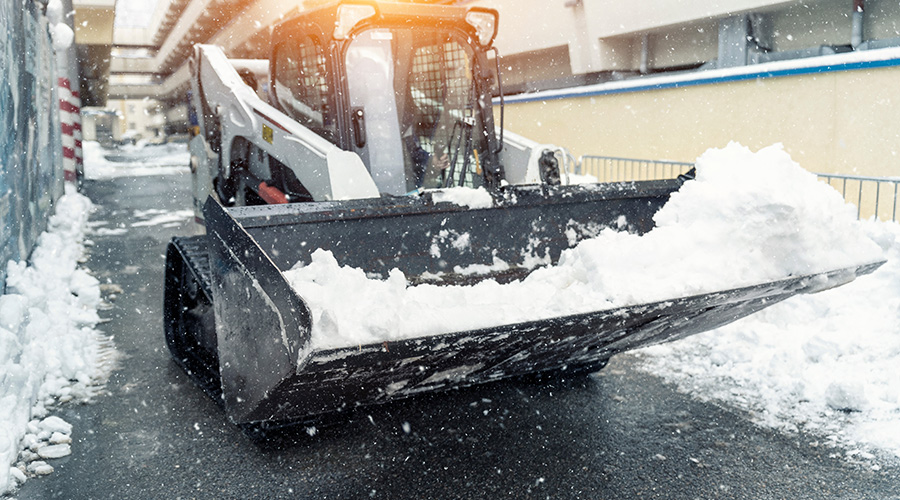Prevent Grounds Crew Injuries with Training
The average workplace injury cost to institutional and commercial facilities is about $42,000.
In some cases, the conversation about safety never starts, with managers easily slipping into an out-of-sight, out-of-mind mindset. Because so much of grounds maintenance work is seasonal and contracted, it is easy to transfer the risk to a contractor. It also is easy to ignore the risk for a specialty subcontractor who has been hired for a one-time job or is on site infrequently.
“Maybe they work during non-peak business hours to minimize disruption, and they're outside the facility, so they’re out of sight, out of mind,” Sobelman says. “Also, the people who are doing the work might have language barriers, or they might be day laborers that are hired for a particular job, so they might not have effective training or information or tools or (personal protection equipment).”
She says workers are probably less inclined to speak up about concerns or to stop work if they think there is a real risk. Establishing a good employer-employee relationship empowers employees to raise awareness about safety best practices, ensuring they have what they need to do the job safely.
“They’re not invisible people that come and go and mow your lawn,” Sobelman says. “They’re people, and you need to recognize that they’re working for you and doing you a service.”
Dyals says managers should hold a daily team meeting that starts with a safety moment to remind the crew of a protocol or best practice. This is a great time to talk with them about the job they are going to do, and it can help managers understand what their employees need to do it safely. Basic communication is an easy and effective way to understand job conditions and controls that should be put in place to minimize risks.
Take thermal stress as an example. Heat exposure is a top concern for grounds crews who work outside doing manual labor. Setting up a tent with jugs of water to provide shade and rest is a low-cost best practice. Managers also can do something as simple as buy workers extra earplugs or eye protection. These types of low-cost tactics can make a big difference and might even save money in the long run by preventing injuries.
The average workplace injury cost to institutional and commercial facilities is about $42,000, according to the data from the National Council of Compensation Insurance.
“That can buy a whole lot of safety,” Sobelman says. “If a building manager prevents one injury over the course of the year, that's a lot of savings. That money could be diverted to contractor safety, ground safety, whatever. It can buy a lot of personal protective equipment and tools and training.”
Best practices
Grounds care-related hazards can change from day to day, so managers must address these risks on a case-by-case basis.
“When I look at potential risks, they can be chemical, they can be physical, they can be biological, and grounds crews have all of them,” Sobelman says.
Dyals says some of the most notable risks are related to heat exposure, power tools, chemicals, vehicles and animals.
Because grounds crews work outdoors, managing threatening weather conditions is important, as rain, ice and storms can create additional risks, such as slippery surfaces or hazardous conditions.
Equipment such as chainsaws, edgers and mowers pose risks not just to the operator but to bystanders and property. Flying debris, mechanical failures and improper use are all potential hazards. Ensuring crews have the right tools, that those tools are inspected and maintained, and that damaged equipment is immediately taken out of service can greatly mitigate risk.
“Complacency around equipment and inspections may be another factor,” Dyals says. “Landscaping tools and equipment have a lot of safety features which could be damaged, utilized incorrectly or bypassed. For example, mower chutes are designed to direct debris safely away from the operator or surrounding persons or property.”
Chemicals such as fertilizers, herbicides and pesticides can cause allergic reactions or other health issues if not handled properly. Dyals says crews need to follow safety protocols for mixing, applying and storing chemicals to prevent exposure during and after application.Managers should also constantly evaluate products to mitigate risks.
Operating equipment also ranks high on the list of safety concerns in grounds care.
“From operating a riding mower to transporting equipment across grounds, on access roads or actual roads and when crossing the street, there are risks both operating a vehicle and from other drivers,” Dyals says.
Crews also might encounter hazardous animals or insects such as bees, wasps, ants, snakes and even alligators. While contractors typically manage infestations, incidental encounters still pose a risk.
“In general, a lot of the previously mentioned hazards may be overlooked due to a lapse in situational awareness,” Dyals says. “Hazards like uneven terrain, malfunctioning equipment or flying debris can be missed if crews and managers do not actively assess the environment.”
Implementing strong education programs for training and continuous education ensures workers understand how to perform their jobs properly and safely. Dyals says continuous education also reinforces best practices and rules to avoid complacency.
“They just need to make it a priority,” Sobelman says. “I know that's hard with everything else they're trying to juggle and manage over the course of the day, but really, unless you prioritize safety, it doesn’t happen on its own.”
Amy Wunderlin is a freelance writer based in Fort Atkinson, Wisconsin.
Related Topics:







